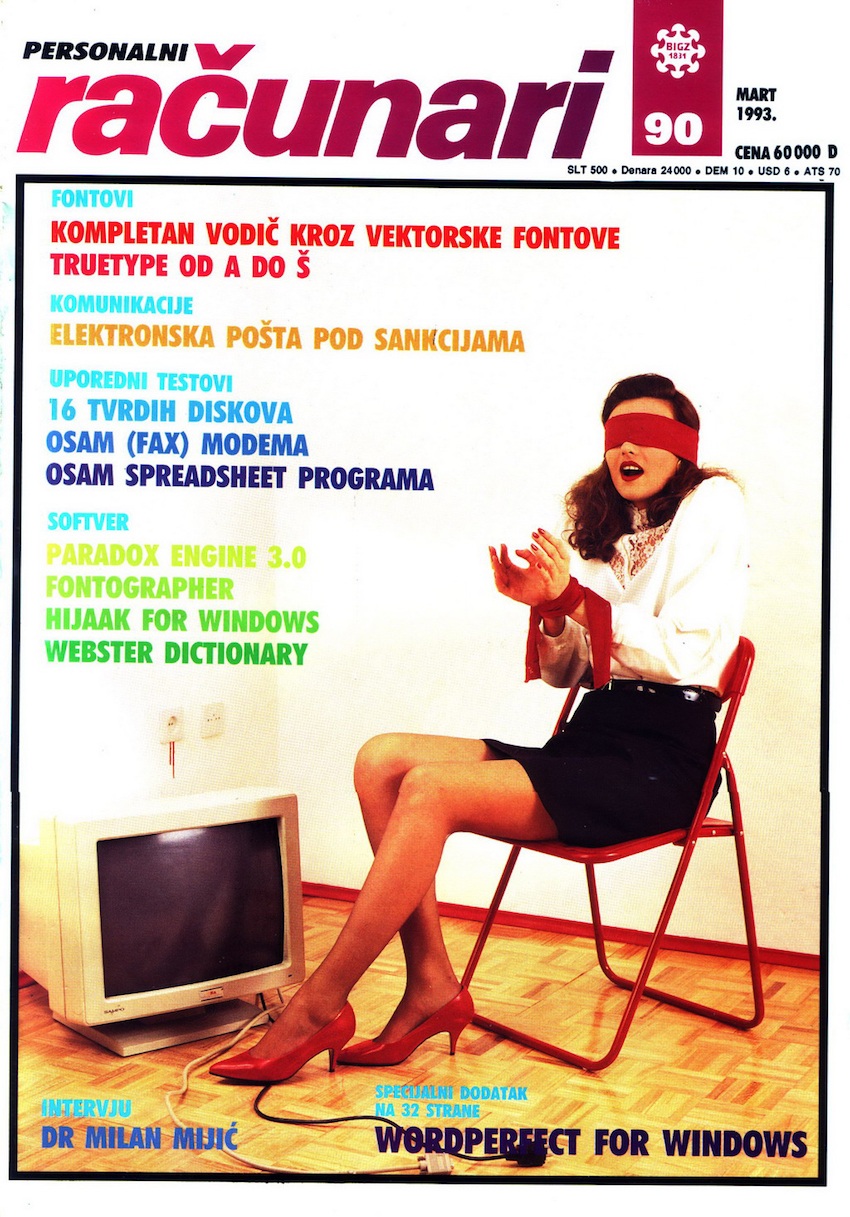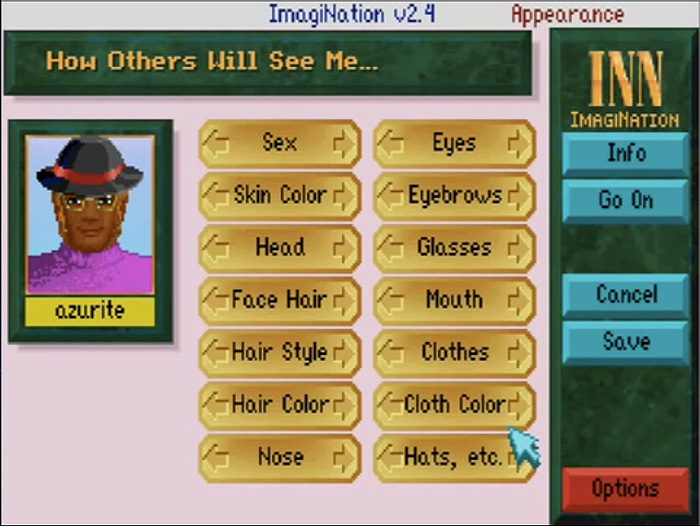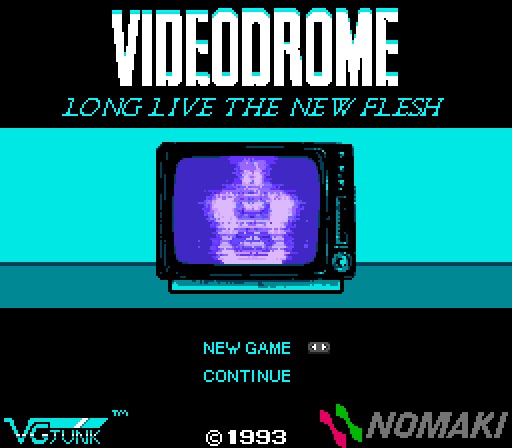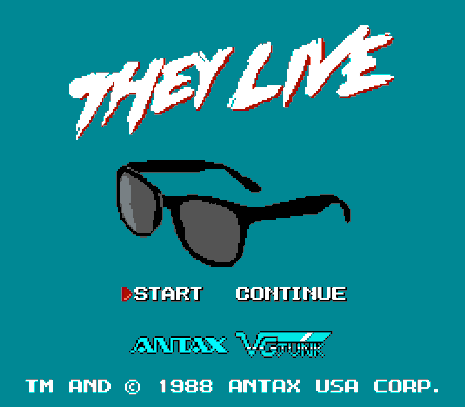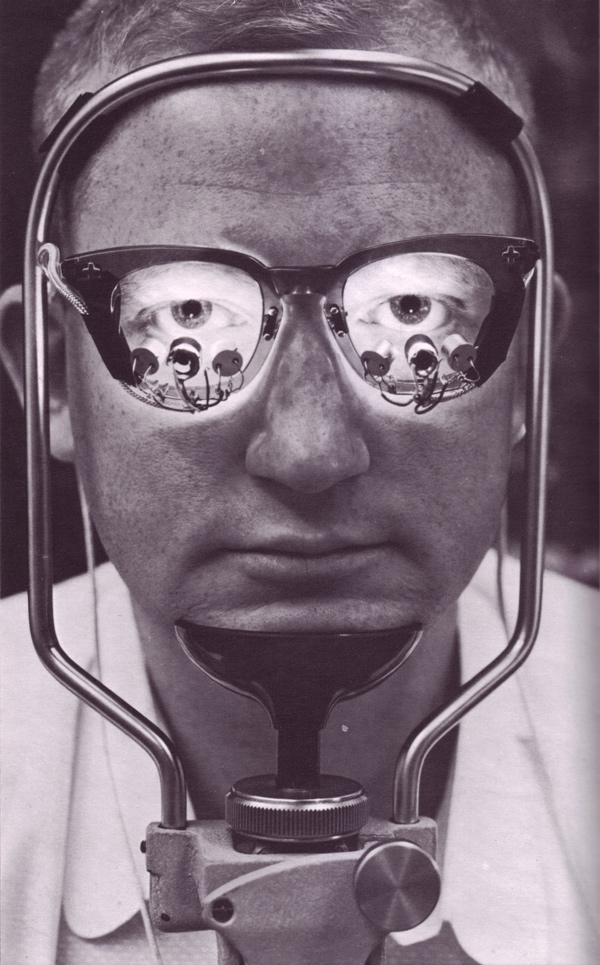
A mannequin peering out of a ‘Lunatic Box’ on display at the Glore Psychiatric Museum in Saint Joseph, Missouri.
In 1874 the state of Missouri opened the “State Hospital for the Insane #2” more commonly referred to as the “Lunatic Asylum #2.” The asylum prided itself as the kind of institution that took on the “noble work” of “reviving hope in the human heart and dispelling the portentous clouds that penetrate the intellects of minds diseased.” While this claim does sound noble, the methods that were used to “penetrate” the minds of the patients who found themselves in one of the institution’s 25 beds were often medieval at best. At their worst the treatments administered by the staff were variations of what would be considered torture and were often experimental in nature—usually causing more harm than good.
The asylum would fill all of its available beds. In 1899 the institution changed its name to the far more friendly sounding St. Joseph State Hospital. Five decades later over 3,000 patients had passed through the hospital including dangerous criminals who had long taken leave of their mental faculties. These criminally insane people walked the halls alongside of residents who were struggling with depression. The hospital would continue to operate for 127 years. In 1967 a long-time employee of the Missouri Department of Mental Health, George Glore opened a museum in one of St. Joseph’s many wards. Glore’s on-site museum housed various mental health related artifacts that had been used over the centuries to treat patients with mental health problems, such as the horrific sounding “Lunatic Box” which was routinely used to treat patients that could not be easily controlled and were prone to act out, perhaps violently. The box, which strongly resembled a fucking coffin of all things, would house the patient in complete darkness in a standing position for hours. Patients were not even allowed to leave the box to go to the bathroom, leaving them to do their business in the box until a member of the staff felt that they had reached the appropriate level of zen.
In 1997 what is now known as the Glore Psychiatric Museum moved to a large, three-story building in order to provide enough room for its vast array of oddities. Below you’ll find many images from exhibits on display at the Glore including some haunting artwork done by patients who resided at St. Joseph’s during its century-plus existence. If you’re planning on visiting Saint Joseph, Missouri anytime soon the museum is open Monday to Sunday and kids get in FREE. Yikes.

A long shot of the ‘Lunatic Box’ which was used during the 18th and 19th century.

A display containing 110,000 cigarette boxes that were collected by a resident of the St. Joseph State Hospital.
More from the Glore after the jump…











